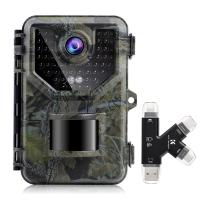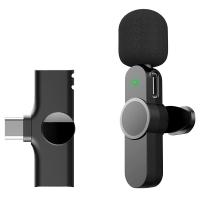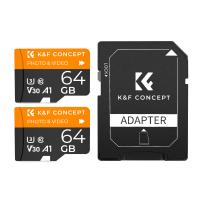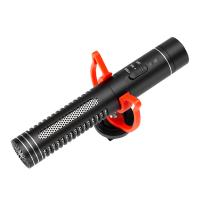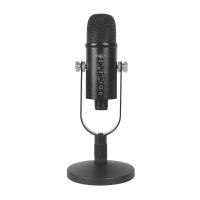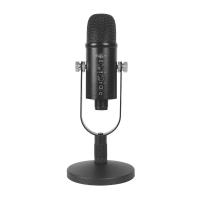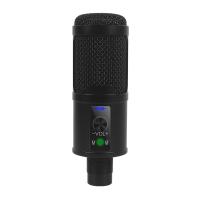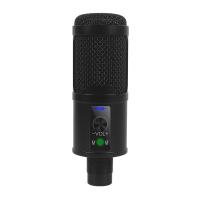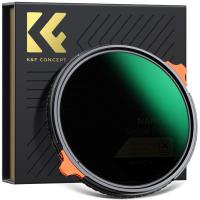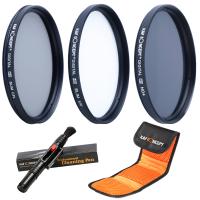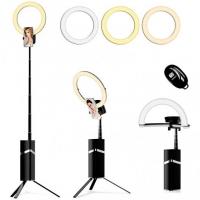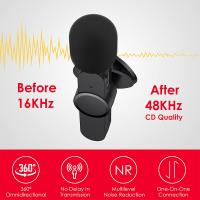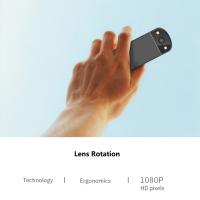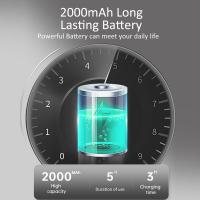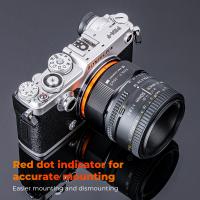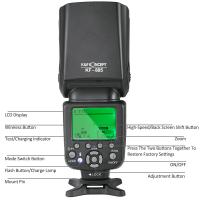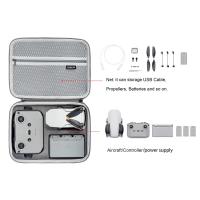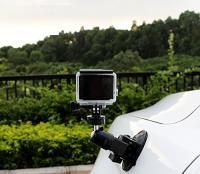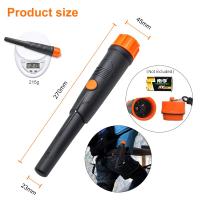How Do Records Record Sound?
Vinyl records have been a staple of audio recording and playback since their inception in the late 19th century. Despite the advances in digital audio technology, the charm and authenticity of vinyl records continue to captivate audiophiles and casual listeners alike. Understanding how these records capture and reproduce sound is both a fascinating journey through the history of audio technology and a lesson in the principles of physics and engineering. This blog delves into the mechanics of how records record sound, exploring the processes from sound wave capture to sound wave reproduction.
The Evolution of Sound Recording
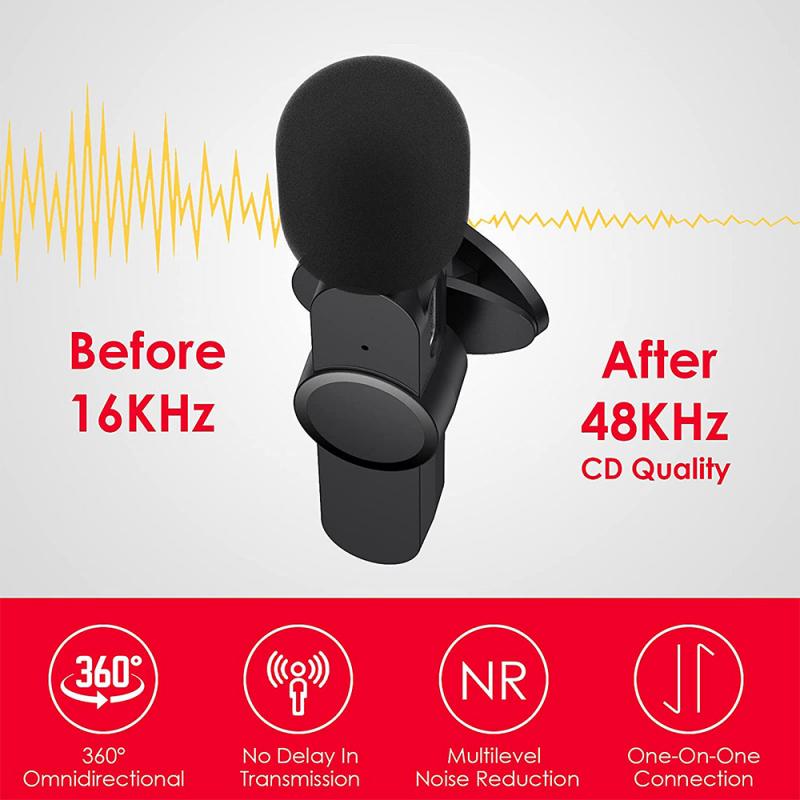
Before diving into the technical details, it is worth exploring the historical context of sound recording. The first method to capture sound waves mechanically was developed by Thomas Edison in 1877 with the invention of the phonograph. This rudimentary device used a cylinder covered with tin foil. As sound waves struck a diaphragm attached to a needle, the needle etched the sound waves into the tin foil.
Nearly a decade later, Emile Berliner developed the gramophone, which introduced the flat disc format we recognize today. Unlike Edison’s phonograph, Berliner's gramophone used a lateral side-to-side method for capturing sound waves, which became the standard for future records.
The Basics of Sound Waves
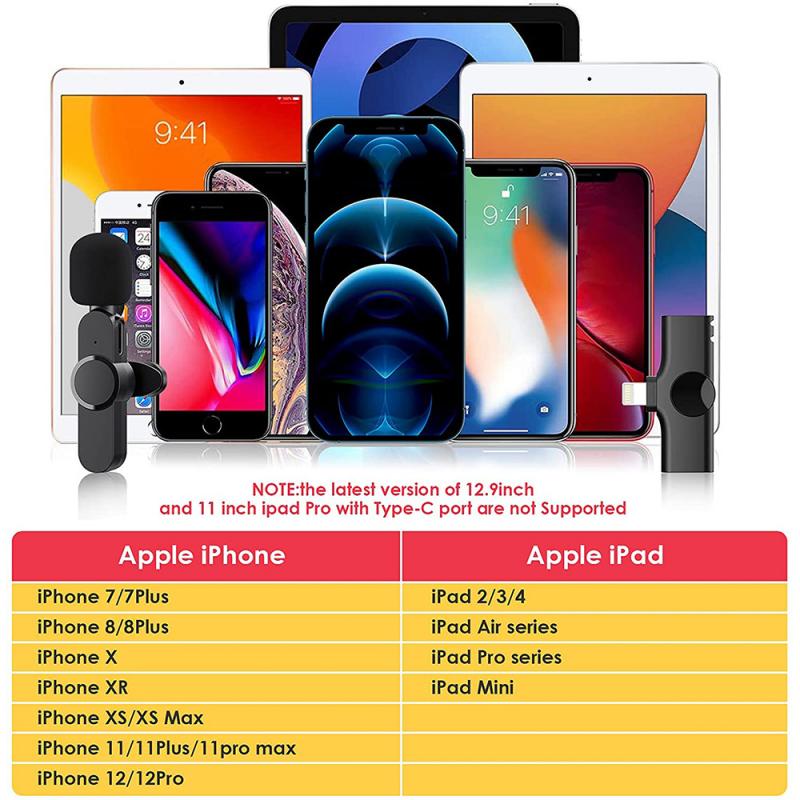
Sound is a wave of pressure that travels through air, liquids, or solids. In the context of records, we primarily deal with air-borne sound waves, which are captured and transformed into mechanical vibrations that can be stored and later reproduced. Sound waves have two principal characteristics: frequency (pitch) and amplitude (volume).
Frequency is measured in Hertz (Hz) and refers to the number of pressure cycles per second. Amplitude, on the other hand, refers to the wave's height, which determines the sound's loudness. Both of these characteristics are critical in how records capture and reproduce audio.
Capturing Sound: The Recording Process

The process of recording sound onto a vinyl record involves several steps. The goal is to convert the sound waves into a format that can be etched onto the surface of a vinyl disc. Here's how it all comes together:
1. Microphone to Electrical Signal: When sound waves reach a microphone, they vibrate a diaphragm within the microphone. These vibrations are converted into an electrical signal. The electrical signal is an analog of the sound wave, preserving both the frequency and amplitude of the original sound.
2. Amplification and Equalization: The electrical signal produced by the microphone is relatively weak and needs amplification. Considering the physical limitations of vinyl records, the audio signal also needs to be equalized. This involves boosting the high frequencies and attenuating the low frequencies before the signal is sent to the cutting lathe. This process is known as the RIAA (Recording Industry Association of America) equalization curve.
3. Cutting the Master Disc: The modified electrical signal is sent to a cutting lathe, which consists of a stylus that engraves the electrical signal onto a master disc. The stylus vibrates according to the electrical signal's variations, carving tiny grooves into the surface of the master disc. These grooves are a physical representation of the sound wave. For stereo sound, two sets of grooves are etched: one for the left channel and one for the right channel.
4. Creating the Vinyl Record: The master disc is used to create a metal stamper through a process called electroforming. This stamper features ridges in place of grooves and is used to press vinyl pellets or pucks into disc form in a hydraulic press. Under heat and pressure, these vinyl pucks are formed into records, with the stamper imprinting the grooves onto the soft vinyl.
Reproducing Sound: Playback Process

The playback of sound from a vinyl record is the reverse of the recording process. A turntable and a stylus (or needle) are essential for reading the audio information encoded in the grooves of the vinyl record.
1. Stylus Tracking the Groove: As the vinyl record spins on the turntable, the stylus sits in the groove and follows its path. The groove's undulations cause the stylus to vibrate. For stereo records, the stylus movement corresponds to both lateral (side-to-side) and vertical (up-and-down) groove modulations.
2. Conversion to Electrical Signal: The stylus is attached to a cantilever, which in turn connects to a cartridge containing a piezoelectric element or a magnet-coil system. The vibrations of the stylus are transmitted to the piezoelectric element or magnet-coil system, which converts these mechanical vibrations into an electrical signal.
3. Amplification and Equalization: The electrical signal produced by the cartridge is equalized using the inverse of the RIAA curve, restoring the original frequency response of the audio. This signal is then amplified to a level suitable for playback through speakers or headphones.
4. Sound Production: The amplified and equalized signal is sent to speakers, where it drives speaker diaphragms to create air pressure waves identical to the original sound waves. This process brings the audio stored on the vinyl record back to life, reproducing the recorded sound.
The Physics Behind Grooves
The grooves on a vinyl record are a marvel of precision engineering. When examining a vinyl record under a microscope, one can observe that the groove is not a simple trench but a complex structure that stores a wealth of audio information.
Each vinyl record has two types of grooves: the lead-in groove, which guides the stylus to the first track, and the lead-out groove, which guides it to the end. The primary groove containing the audio information is shaped like a continuous spiral. The undulations in this groove encode the audio signal's amplitude and frequency. For stereo recordings, one groove wall modulates the left audio channel, while the other wall modulates the right audio channel.
The precision required in cutting these grooves cannot be overstated. The groove's width and depth must be meticulously controlled, as even minor deviations can result in audio distortion or skipping. High-fidelity audio engraving ensures that the playback closely matches the original audio recording.
Despite the advent of advanced digital recording technologies, vinyl records remain an enduring medium for capturing and reproducing sound. The process involves translating sound waves into mechanical vibrations, which are then etched into a vinyl disc. During playback, these mechanical vibrations are converted back into sound waves, creating an audio experience cherished for its warmth and richness.
Understanding how records capture and reproduce sound offers valuable insights into both the historical evolution of audio technology and the intricate physics behind sound recording. Whether you're a seasoned audiophile or a curious newcomer, the beauty of vinyl lies in both its simplicity and complexity, encapsulating a timeless appeal within every groove.




